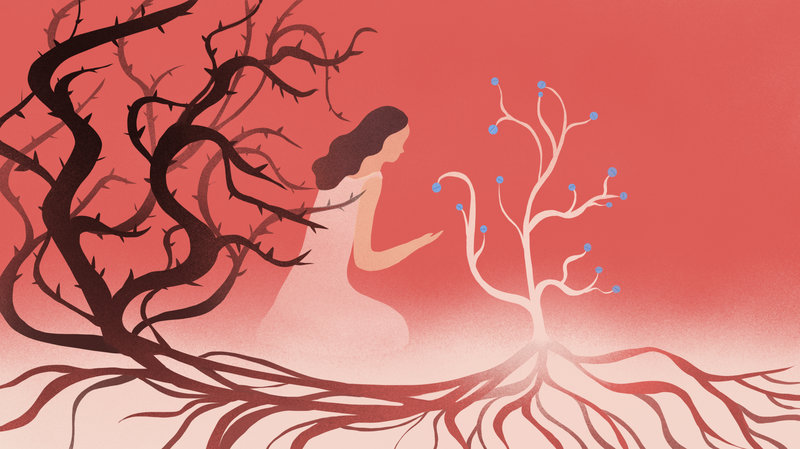Benzodiazepines: America's 'Other Prescription Drug Problem'
Drew was in his early 30s. His medical history included alcohol abuse, but he had been sober for several months when he became my patient.
His previous doctor had given him a prescription for Ativan, or lorazepam, which is frequently used to allay tremors and seizures from alcohol withdrawal.

My first inclination was to wean him off the medication by lowering the dose and telling him to take it less frequently. But inertia is strong in medical care, and Drew prevailed upon me to continue providing lorazepam at his regular dose for another month while he solidified his situation with a new job.
The next time I heard about him was a couple of weeks later when a colleague read me Drew's obituary in the local paper. There was no cause of death listed. But I knew he could have run into serious trouble if he had mixed alcohol or other drugs with his lorazepam.
Lorazepam is a benzodiazepine, a class of medicines known as sedative-hypnotics. They're used frequently in the U.S. to treat anxiety and insomnia. Other drugs in the same category include Valium and Xanax.